Book Review, The New Middle East

Book Review, The New Middle East
By: Bilal Shobaki
The “New Middle East” was the title of a study published by Carnegie Center during 2008. Marina Ottaway, Nathan J. brown, Amar Hamzawy, Karim Sadjadpour and Paul Salem contributed to it. This was such an important study due to the prominent place Middle East occupies in international politics and due to the systematic and accurate observations of the realities in the Middle East. Moreover, the study has a specific importance as it appears to critique American policies in the region and presents new proposals to alter the existing scene in that region. The study seems to focus on the American policy in the Middle East.
The study begins with the assumption that the United States had created new ideas to re-fashion a new Middle East after the events of September 11. The war against Iraq was the first such step in that direction. The implied approval of the war against Lebanon and rejecting the outcome of the Palestinian elections were more steps towards re-creating the new Middle East under the umbrella of democracy from the American perspective.
However, the introduction to the study which compared the proposed changes in 2001 and the actual changes in 2008, seemed to indicate that change, in deed, did take place, against the American wishes.
These changes as they appeared in the study can be summarized as follows:
- Iraq is divided with no institutions or democracy. Despite the gradual security improvements, the report describes Iraq as the epitome of failure.
- Iran is continuing uranium enrichment along with political maneuvering.
- Accelerating growth for Islamic movements and a steady weakening for liberal movements.
- Palestinian political division.
- Retardation of democracy in the region.
- Emergence of sectarian divisions.
The study also points that the even though the United States was largely to blame for these changes, other countries in the region had also contributed to these changes. However, for the purposes of clarifying the difficulties faced by United States in the Middle East, the authors of this study categorized these difficulties into three categories that they saw necessary for objective analysis.
First, Iran & Iraq:
Under this section, the study revealed that relationship between Iran and Iraq had become more complicated, much more that during the days of Saddam Hussein, so much so, that it is not possible to enact any policies in Iraq without Iranian influence. The study points out three realities in Iraq:
1. Iraqis had gone from a people that was not allowed to participate in governing themselves to people fighting among themselves for the same.
2. Iraq is a large country that is difficult to control by a foreign power. It is, for example, unlike Bosnia.
3. United States and Iraq had failed to produce a detailed extrication plan. Only the Kurds in the north seem to posses clear vision as it pertains to their situation and what they need to have achieved for their own future. The rest of the factions don’t seem to have any such plan or policy.
While discussing the Iraqi scene, researcher at the Carnegie Institute point out that the so far the United States is totally against dividing Iraq in any form or manner, and that it is supporting the Iraqi Army as a central force in the country.
The United States had hoped that its war in Iraq would lead to isolating Iran militarily, it also hoped that the resurgence of Shiites in Iraq would lead to moving the religious authority from Qum in Iran to the Najaf in Iraq. However, the reality was the exact opposite. In light of the political and security chaos in Iraq, Iran emerged as a power of great influence in the Iraqi internal affairs. Qum retain religious authority and the Iranian opposition failed to stage a coup against the religious system in Tehran.
The study mentions some realities in Iran:
• Retardation of democracy under Ahmadinejad.
• Iran became a regional power much more influential.
• Iran became the focus of Arab fears of what the study called the “Shiite Crescent.”
• Growing of the relationship between Iran and Iraqi Shiites enabling it to become much more influential in Iraqi internal affairs.
• The United States lost all options except the military one, to effect a change in the Iranian policies.
Despite the hostility towards the US since the revolution, Iran prefers to deal more pragmatically to ideological considerations. For example, it was ready to strike a deal with the US supporting a two-state solution to the Palestinian issue, and to convert Hijbullah in Lebanon to a political party only. This fact was denied by the United States.
Second, Syria and Lebanon:
Another battlefield for the same two enemies, Iran and the United States. The study point to the real reason behind the tensions in the relations between Syrian and Lebanon, and even within Lebanon itself, is due to the confrontation between Iran and the US. The study points the Iran, Syria, Hizbullah alliance as the antithesis of the March 14, alliance.
The study goes on to explain that Syria confronted the United States during the war in Iraq where it turned a blind eye to the fighters crossing the border into Iraq, and further straining the relationship with the United States to the point that the US Congress enacted a legislation to punish Syria, despite the fact the US was in agreement with Syria regarding its presence and influence in Lebanon especially during the first Gulf War where the US needed Syria’s support to he war. The study concludes that the US had failed to pressure or entice Syria to change its policies or stance towards the region’s issues.
In Lebanon, the study points the following facts:
• The Lebanese Army remains weak despite the Syrian withdrawal from Lebanon.
• Even though Syria pulled out of Lebanon, it maintained Hizbullah as a strong ally.
• An increase in the sectarian divisions due to the fighting for government.
• The Israeli war against Lebanon did not destroy Hizbullah, rather it helped strengthen it.
Third, The Palestinian-Israeli conflict:
The study asserts that the two-state solution is no longer possible in light of the existing realities represented by:
• A weak Palestinian Authority and its inability to fulfill its international commitments.
• Lack of confidence of both Palestinians and Israelis in the possibility of the two-state solution.
• The US and Israel are not serious about achieving peace in the region.
The study pointed that the United States had followed a stern policy towards the Palestinians. It kept Arafat isolated until he died and dealt negatively with the results of the legislative elections of 2006. Furthermore it supported Fatah’s grip on the PA’s institutions to the point of the study called it a coup against Hamas’ s democratically and legally formed government according to the results of the elections. The US remembered the peace process only in the last days of the Bush Administration and called for the Annapolis Conference which lead to nothing meaningful, at a time when conditions were no longer conducive for peace.
According to the study, the American policies are shortsighted. The US lead the Palestinian to relinquish under an undemocratic government under the leadership of Salam Fayyad who received a small fraction of the votes in the latest elections. It also supported Fatah, which is plagued by corruption and lost the elections. The study also points that the US was the reason Hamas was illegally controlling Gaza despite the fact it won free and legal elections throughout the Palestinian territories.
Nuclear proliferation
Here, the study point to the American hypocrisy. It is trying to stop Iran from enriching uranium while it is keeping mum about Israel’s nuclear arsenal. Despite that, the study points that Iran, despite the war in Iraq, insisted on continuing uranium enrichment as a result of the new powers it now possesses. The study also discusses the Libyan nuclear project in a way that makes us wonder whether it was an American achievement, whether Qaddafi had learned a lesson from the Iraqi war, or whether it was another one of Qaddafi’s policies.
Freedom and democracy
The study made it clear that democracy in the Middle East had deteriorated due to America’s role and due to the Arab government. The United States sought the political stability of these countries to ensure the continued flow of oil, thus rendering democracy a hostage to many contradictions. While the United States asserts its support for democracy, it is supporting and allying itself with totalitarian regimes.
The study also pointed that the Islamic movements are the only opposition powers capable of winning the lections because they are well-organized and largely intact. However, the study mentions that many of these movements do not believe in democratic values by raising a number of questions about the armed wings of such movements as Hamas and Hizbullah. Here, the study concludes that the march towards democracy in the Middle East may take a longer time than expected.
Factional tensions
The study pointed some of the most prominent facts in this regard:
• The politicization of the Shiite faith.
• Increasing discrimination against Shiites in the Arab countries, especially Saudi Arabia and Bahrain.
• Increasing fears of the Arab countries of the Shiite surge leading to tensions in the relationships with Iran.
The researchers conclude that America’s policies in the Middle East do not meet it ambitions and that it better correct these policies to ensure two main goals:
• The steady flow of oil.
• Containing the violence emanating from the Middle East.
According to the study, achieving these goals requires the following:
• A negotiated settlement with Iran regarding its nuclear program, despite the fact that possibility of the futility of such negotiations.
• Supporting peace in the Palestinian-Israeli conflict more earnestly through support for Palestinian reconciliation leading to a two-state solution. The US must abandon insistence that Hamas consent to the negotiations and insist that Israel stop all efforts undermining the two-state solutions including settlements, and supporting exchange of lands during negotiations.
• Building a new balance of power in a way that guarantees achieving its goals without requiring its physical presence in the region.
• Withdrawal from Iraq after the US support for international efforts for Iraqi reconciliation.
• Lessening the tensions with Syria and support for reconciliation in Lebanon.
The study also points that America’s short and long term goals do not include democracy transformation in the Middle East. This, according to the study has two conditions: the first is that defining democracy and distinguishing between it and undermining regimes that are opposed to democratization. The second is that the Us must be ready to accept the results of democracy which requires an accurate study of the Arab societies.
Some of the study’s shortfalls were:
First: The unjustifiable disregard to the growing role Turkey plays in the region and its position from the war in Iraq. The study did not discuss Turkey’s increasing role in the region in a manner that will affect the balance of power in the region. Moreover, the study did not discuss the rise of leaders of Islamic roots and Turkey’s relationships with Israel, Iran and Syria.
Second: The study did not delve into Israel’s role in undermining the outcome of democracy in the Palestinian Authority. Furthermore, the study contains an obvious fallacy about the PA’s responsibility for its own weakness. This was Israel’s responsibility as it undermined and isolated the Palestinian Authority and was directly responsible for its weakness.
Third: The study suggested solutions to Iran’s nuclear program and to the Palestinian-Israeli conflict that it had rejected at the beginning of the study. This represents a clear contradiction in the analysis and conclusions.
Fourth: Most importantly, the study in some areas was based on the assumption that the American Administration did not like the outcome of the Iraqi war. This assumption was contradicted by many observers who pointed the term “Creative chaos” which was used by the Bush Administration describing the situation in Iraq.
Fifth: The study used sharp terms like describing Iraq as the epitome of failure, where in fact, Iraq was forced to fail due to the American occupation and its crimes against the Iraqi people. Despite the fact that the Iraqi’s response to the occupation was chaotic, the responsibility lays squarely within the American occupation.



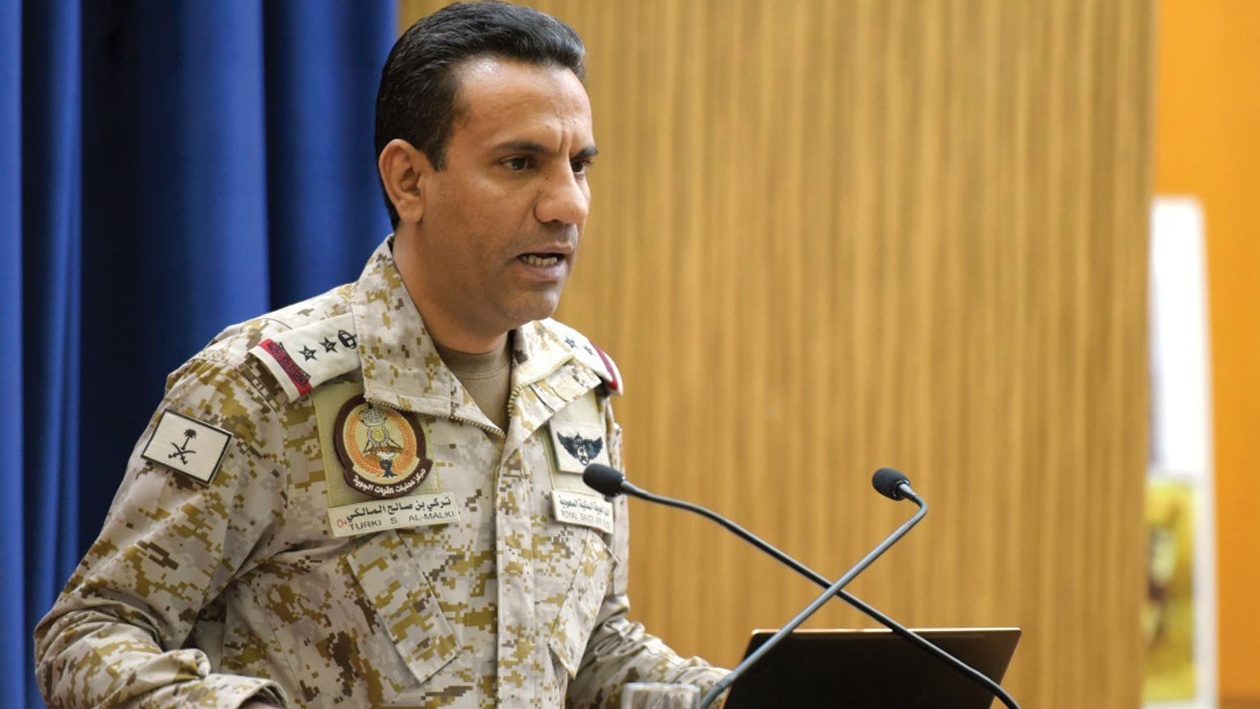




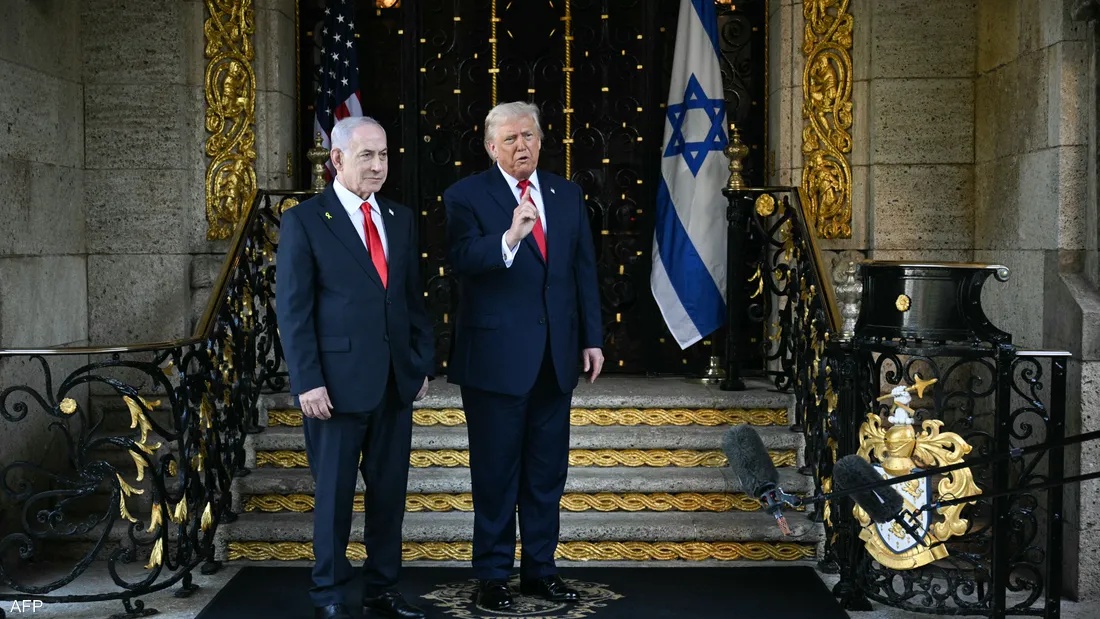
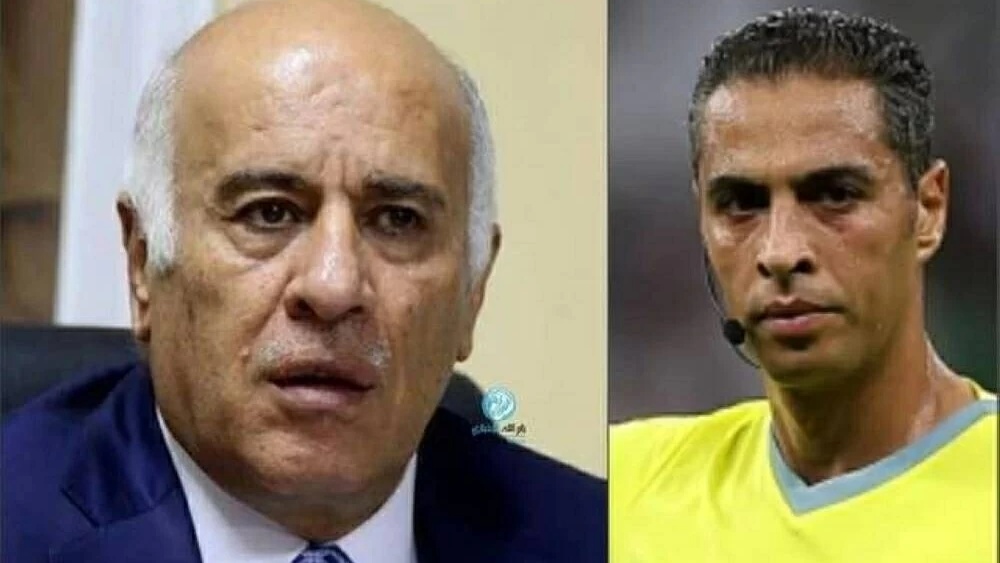



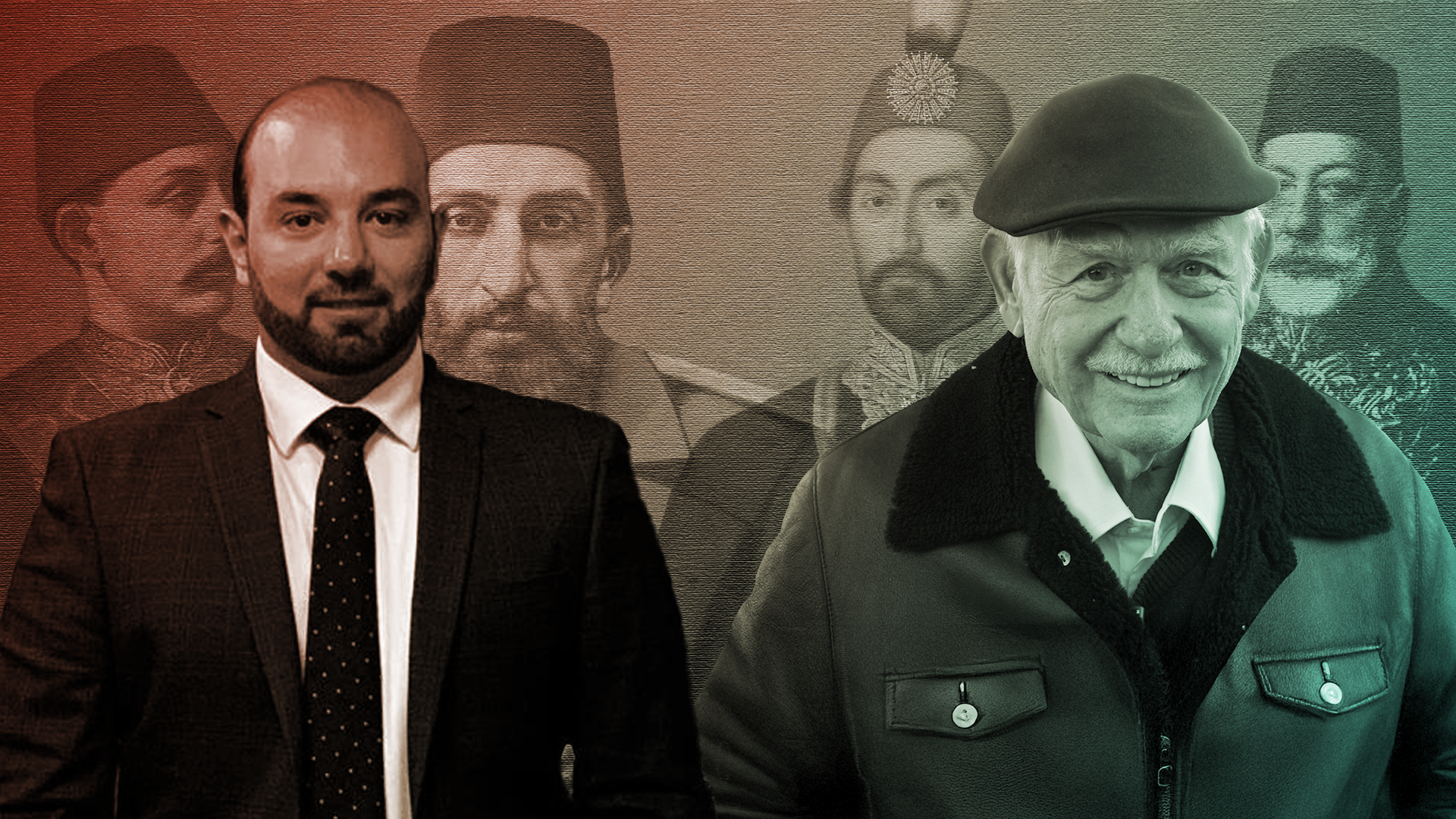
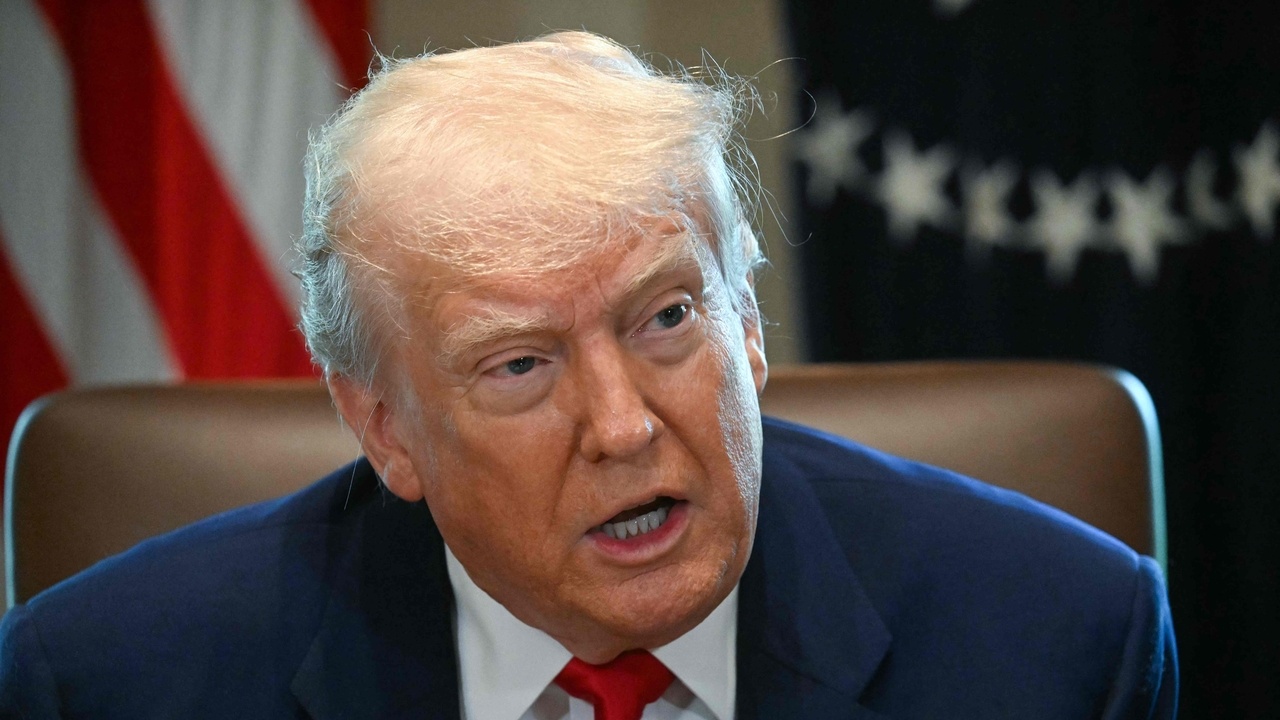




التعليقات (0)